How Electric Bike Batteries Work
Electric bicycles: at a basic level they’re just a bicycle that’s been electrified with a battery and motor. So, you know that you’re starting out with your regular bike components: pedals, gears, shifters, a chain drive, and of course a bicycle frame.
But if you want to juice up your bike with some electricity, you’re going to need a battery. Let’s take a look at exactly how those ebike batteries work.
How Much Juice Means How Far You’ll Go
If you had to keep your electric bike plugged into the wall, your bike wouldn’t exactly be convenient. So, the capacity and output of your electric bike battery matters a lot. Typical batteries offer between 250 and 500 watts, meaning they put out about 20 to 50 volts and 10 to 12 amps. To simplify things, think of volts as the potential energy, and amps (or amperes) as how much electricity can flow through at any given point. Then, volts multiplied by amps equals watts. How far a battery will get you of course depends on how much energy your motor uses, as well as the terrain, and how much the rider assists with pedaling. On average, a decent electric bike will go about 40 miles if the rider is helping pedal, or just 20 if they’re not. Throw in an “extended range” battery and you may get 60 and 30 miles, respectively. Older electric bikes usually used lead-acid batteries, which are the type of batteries commonly used to start cars. While they are quite cheap, the downside is that they are very heavy and slow to recharge. More modern ebikes have swapped those for lithium batteries, which are much lighter, require less maintenance, and have greater lifespans. Leading electric bike brands, like EVELO, will often offer two battery options: 1) Standard – 36V 10Ah (or 48V 10Ah with 500W motor) lithium-polymer and lithium-ion batteries that can last up to 40 miles in pedal-assist or 20 miles in electric-only mode on a single battery charge; 2) Upgraded – 36V 17Ah (or 48V 14.5Ah with 500W motor) Panasonic Extended-Range batteries that can last up to 60 miles in pedal-assist or 30 miles in electric-only mode on a single battery charge.Charge It Up
Charging an electric bicycle battery is fast and easy. You can charge the battery while it’s still attached to the bike, or remove it from the bicycle and charge it while you’ve swapped in another battery for extended riding. Just plug it into your wall outlet, and you’re good to go. The power cell’s intelligent battery management system continuously monitors the energy levels, to prevent over or under charging. That means you can keep the battery plugged in overnight, after it has finished charging, and not worry about it. But, if you’re not going to ride the bike for a few weeks, it’s best not to keep it plugged in that entire time. Modern electric bikes have lithium batteries (lithium ion or lithium polymer) that not only recharge quickly, but last a long time. EVELO electric bicycle batteries are rated for 750+ recharges, so you can be comfortably riding for many years to come.Green & Sleek
Not only is riding an electric bike “green” from an environmental perspective, it can save you some green as well! Because modern electric bikes are so efficient, you can charge your bike’s battery for only about 8 cents. That means you can get about 13 rides, and cover hundreds of miles, for just a dollar! But while many “green” products can be a little clunky, electric bikes and their batteries are anything but. In fact, you’ll barely even notice the battery at all. Top ebike batteries are either gracefully mounted on the bike’s rear rack, or inserted into the down tube component of the bike frame. No-one will know that it’s there!What’s Next
Now that you know how the electric bike battery works, what about the thing the battery powers? Well in part two, we’ll learn a bit more about electric bike motors, and the controller that sits in between the battery and motor. And in the meantime, feel free to share the handy infographic below.



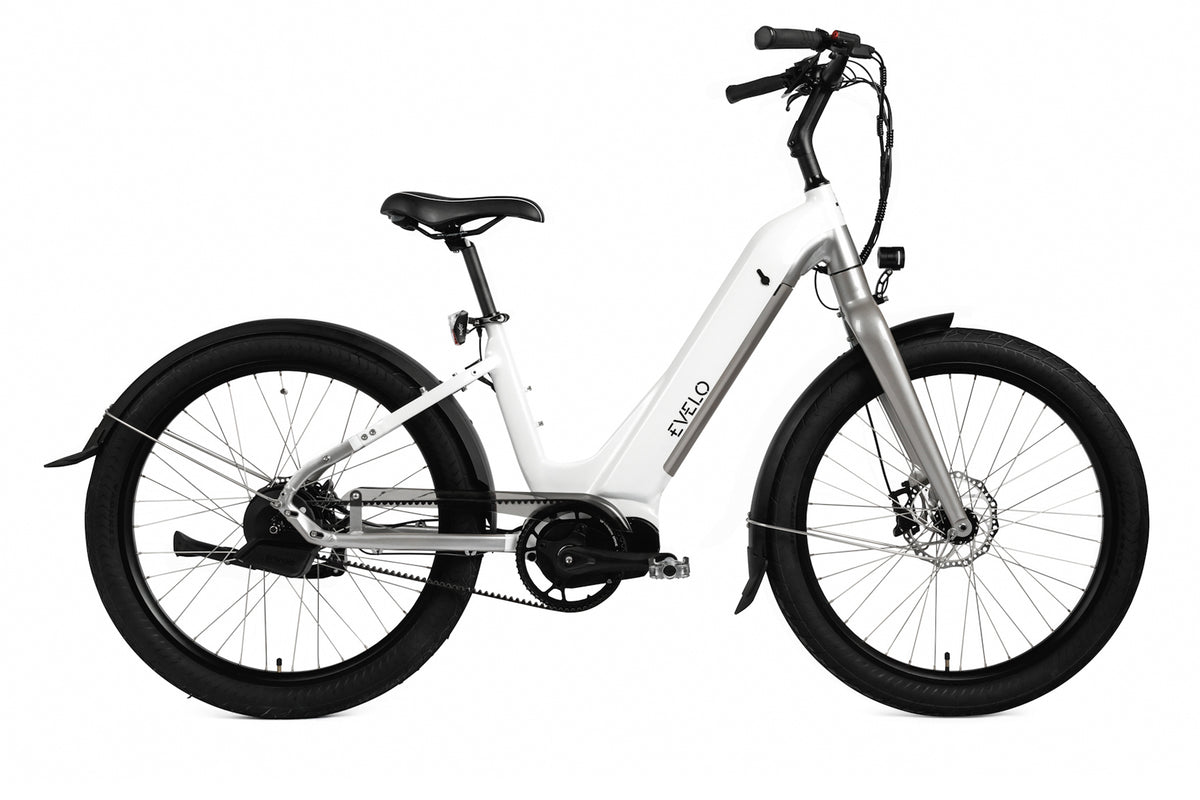
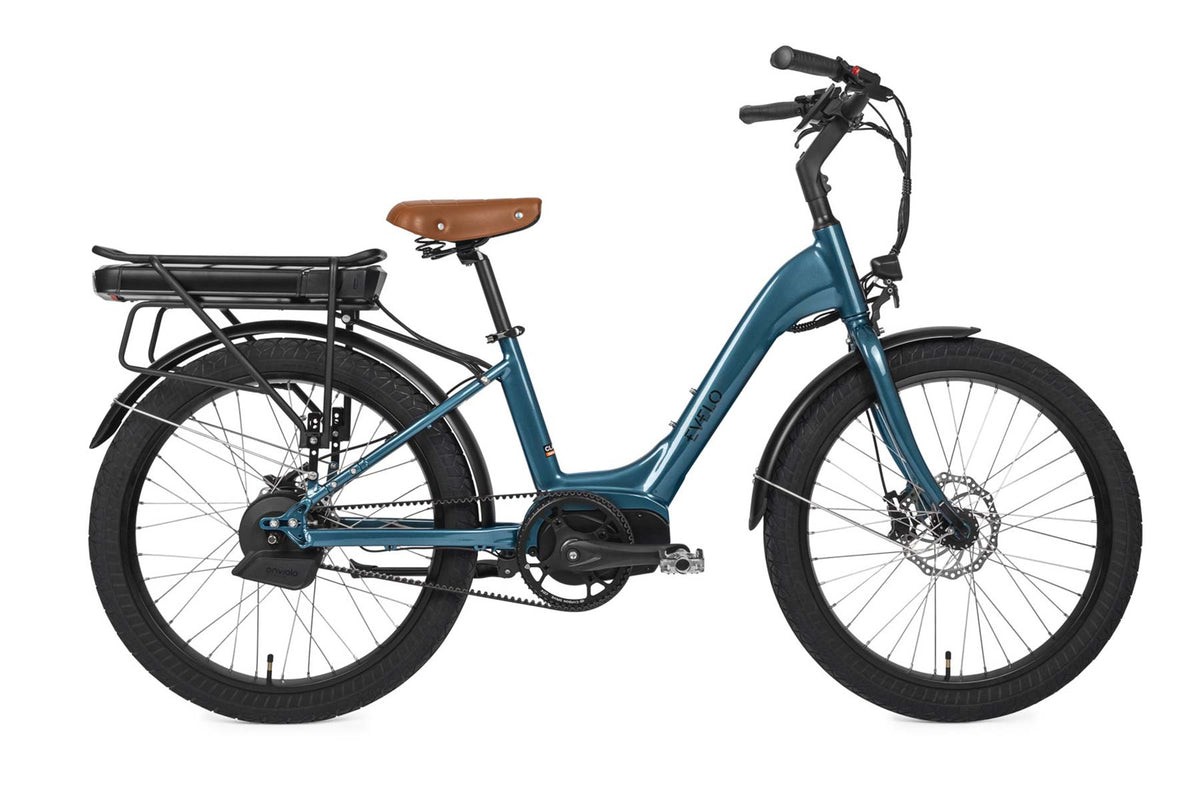


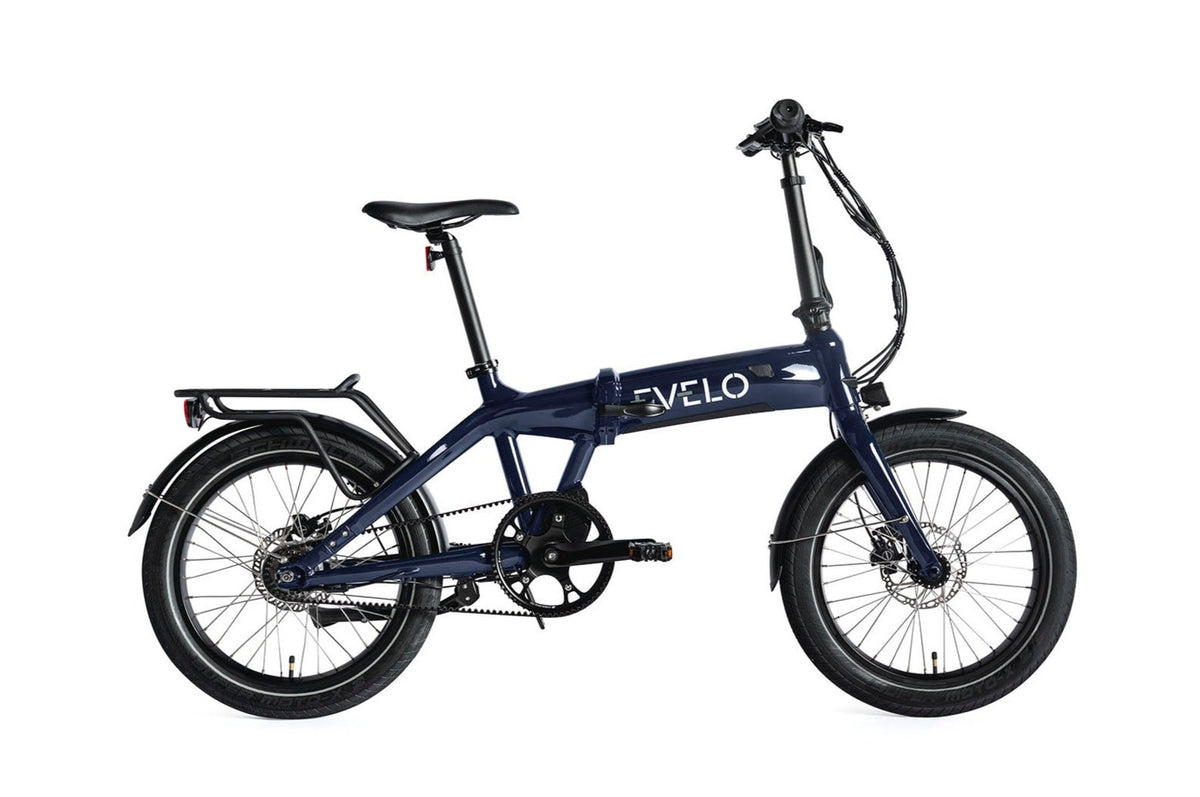
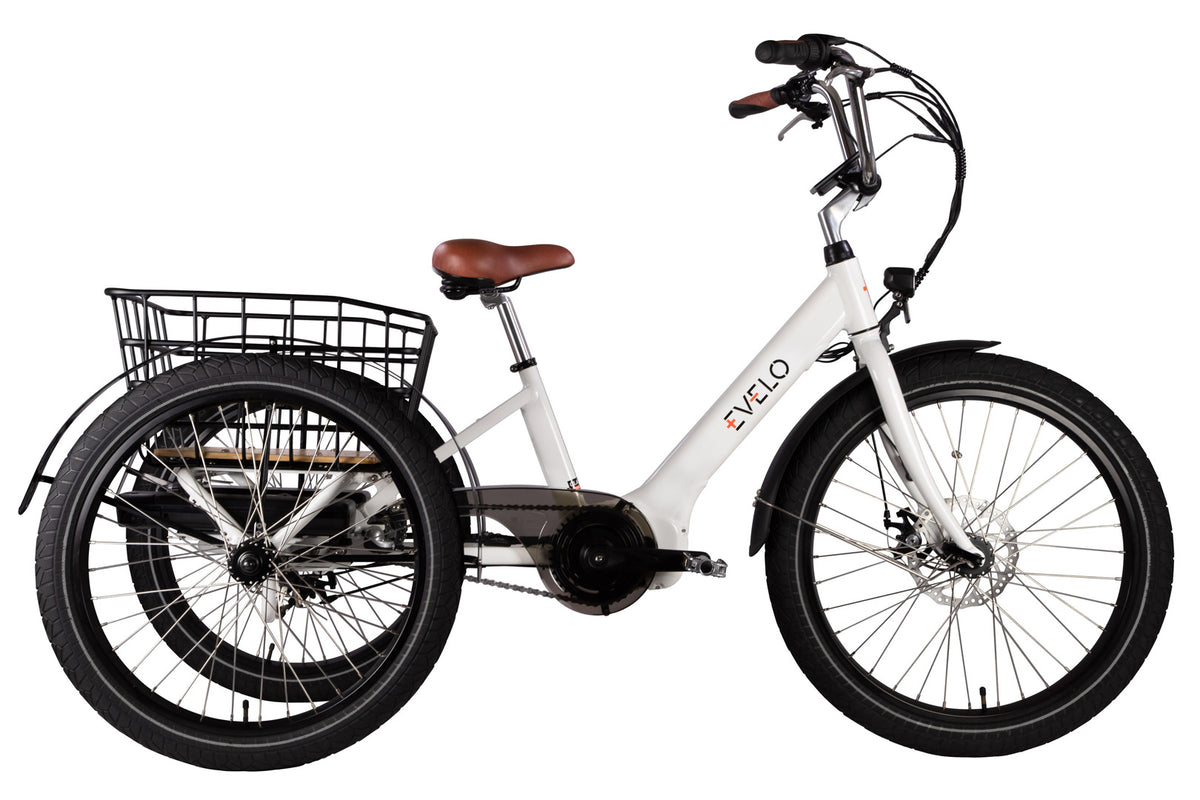

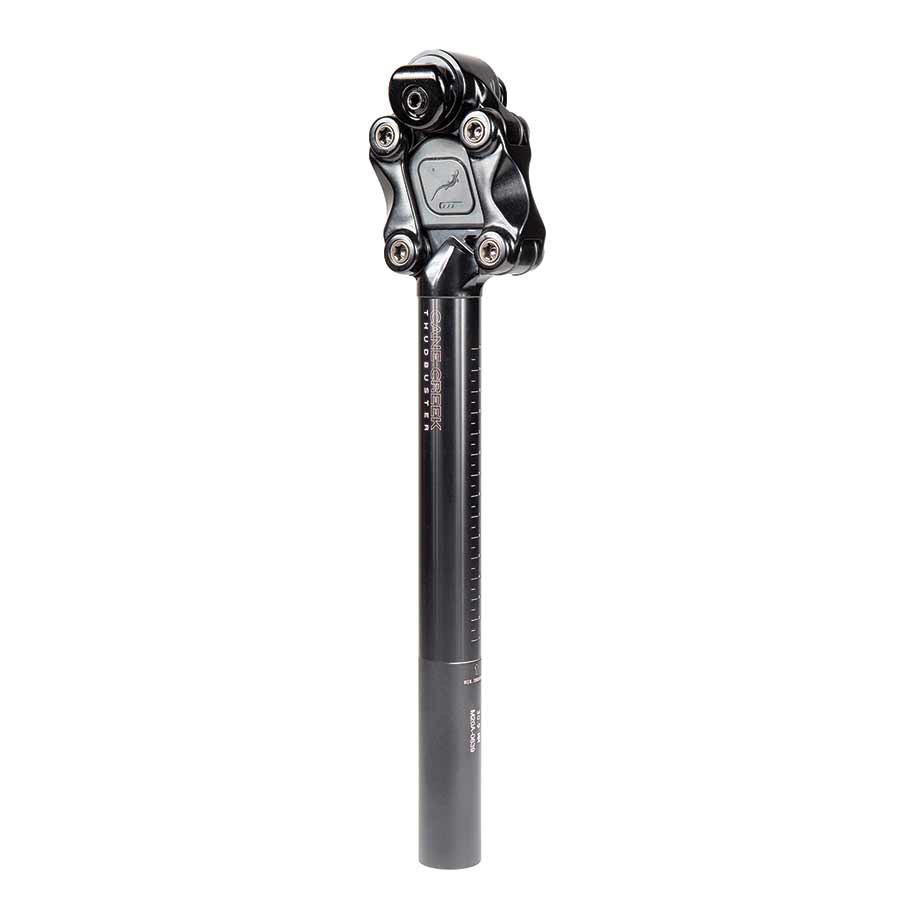

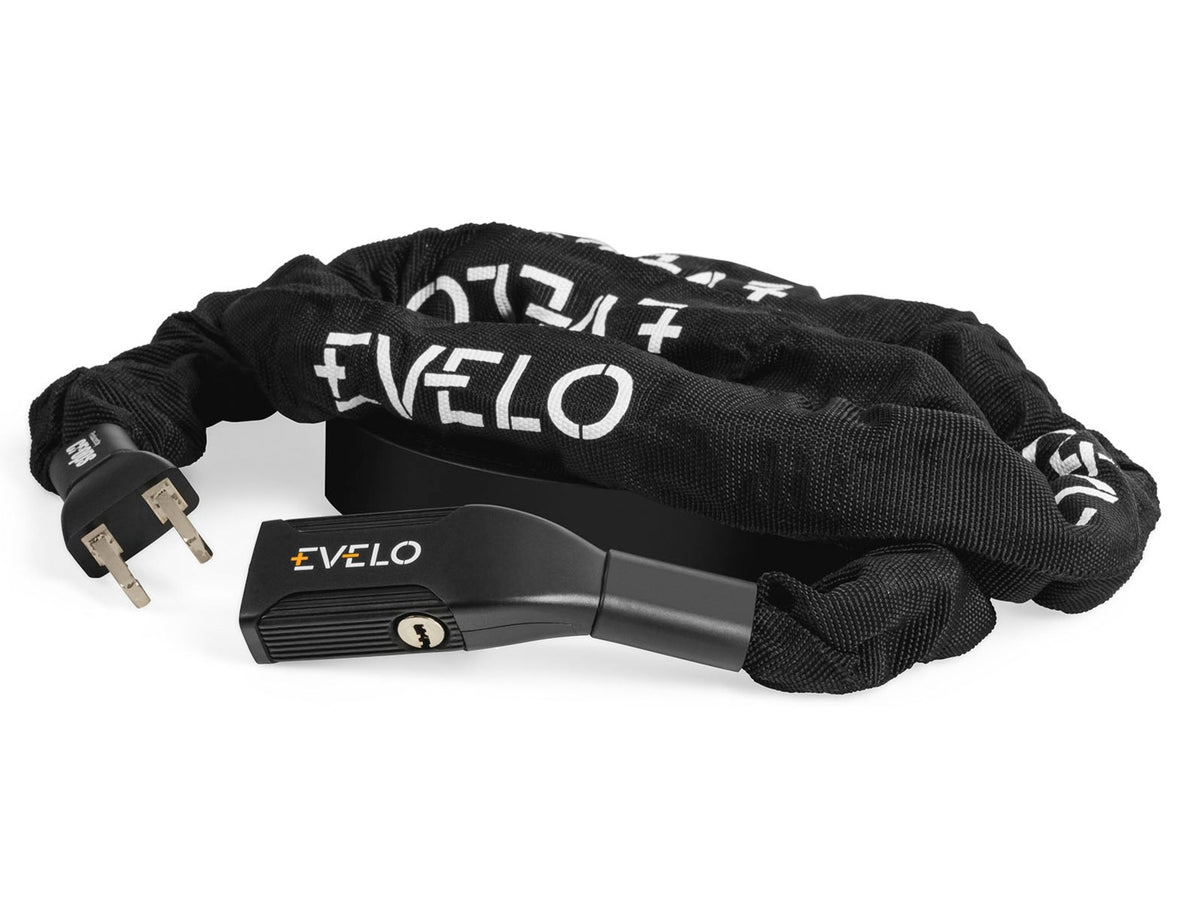




 Easy Assembly
Easy Assembly
 Service and Repairs
Service and Repairs
 Ebike Articles & Content
Ebike Articles & Content
